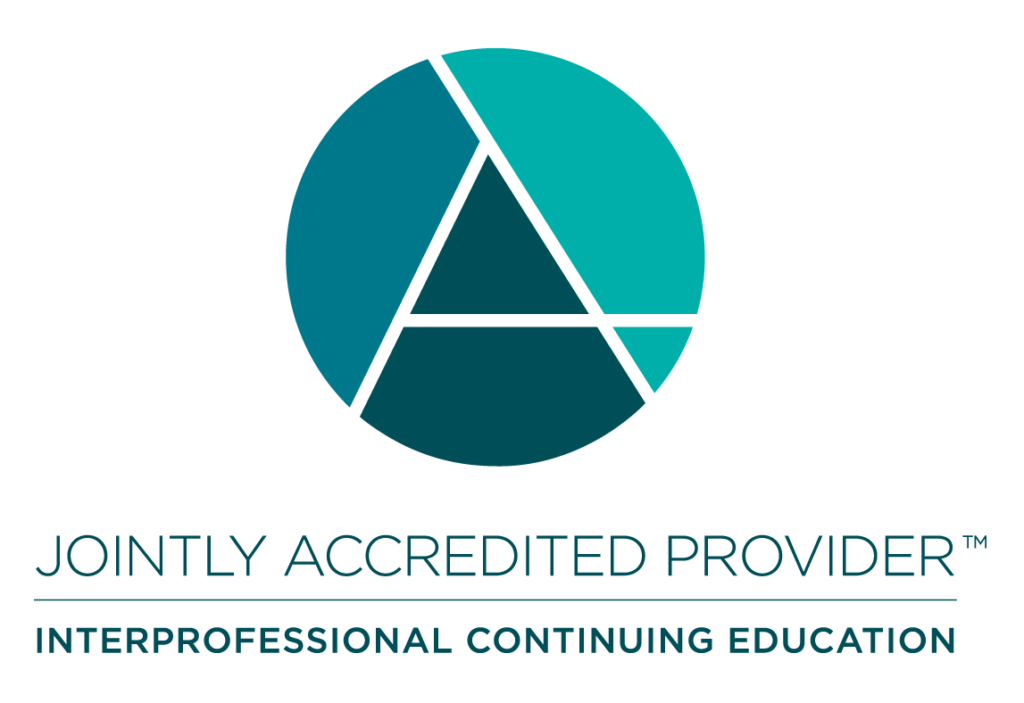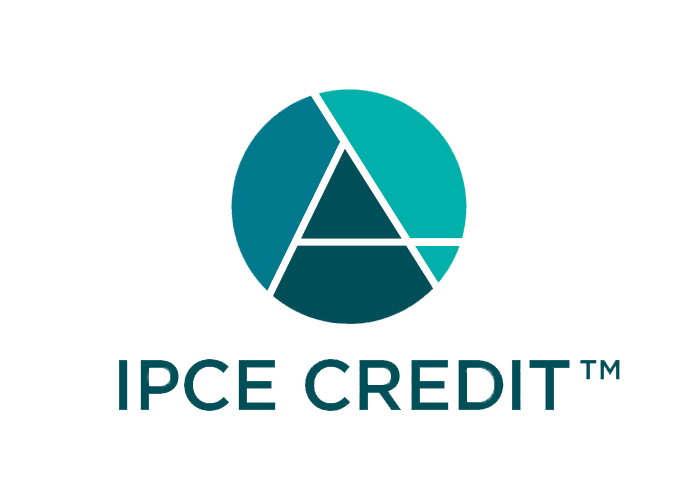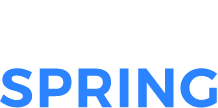Accreditation
Target Audience
This conference is designed for physicians, infection preventionists, healthcare epidemiologists, infectious disease specialists, microbiologists, nurses, pharmacists, and other healthcare professionals interested in healthcare epidemiology, infection prevention, surveillance, research methods, patient safety, environmental issues and quality improvement.
The deadline to claim credit is October 7, 2026. Attendees must attend each selected session in its entirety to receive CME/CNE/CPE/MOC credit. Partial credit is not available. To claim CPE in-person session credit the deadline is May 7, 2026.
Accreditation Statements
In support of improving patient care, The Society for Healthcare Epidemiology of America is jointly accredited by the Accreditation Council for Continuing Medical Education (ACCME), the Accreditation Council for Pharmacy Education (ACPE), and the American Nurses Credentialing Center (ANCC), to provide continuing education for the healthcare team.

IPCE (Interprofessional Continuing Education (IPCE) Credit):

This activity was planned by and for the healthcare team, and learners will receive 58.25 Interprofessional Continuing Education (IPCE) credit for learning and change. The SHEA Spring sessions are designated for 55.25 credit hours and the premeeting workshop is an additional 3.0.
CME (Continuing Medical Education):
The Society for Healthcare Epidemiology of America designates this other activity (live course and internet enduring material activity) for a maximum 58.25 AMA PRA Category 1 Credits™. The SHEA Spring sessions are designated for 55.25 credit hours and each premeeting workshop is an additional 3.0. Physicians should claim only the credit commensurate with the extent of their participation in the activity. All CME-accredited sessions are also available for attendees to earn the American Board of Internal Medicine’s Maintenance of Certification (MOC) points.
MOC (Maintenance of Certification):
Successful completion of this CME activity enables the participant to earn up to 58.25 MOC points in the American Board of Internal Medicine’s (ABIM) Maintenance of Certification (MOC) program. Participants will earn MOC points equivalent to the amount of CME credits claimed for the activity. It is the CME activity provider’s responsibility to submit participant completion information to ACCME for the purpose of granting ABIM MOC credit.
CNE (Continuing Nursing Education):
A total of 58.25 ANCC contact hours will be available. The SHEA Spring sessions are designated for 55.25 credit hours and the premeeting workshop is an additional 3.0.
CPE (Continuing Pharmacy Education):
CPE Accreditation Statement for Pharmacists
The continuing education activity for pharmacists has been developed by the Society for Healthcare Epidemiology of America. ACPE Universal Activity Number is TBD for live knowledge-based sessions and TBD for on demand knowledge-based sessions. This conference is acceptable for a maximum of 38.25 live CPE contact hours , and a maximum of 38.25 on-demand CPE contact hours in states that recognize ACPE providers. CPE will be available for the SHEA Antibiotic Stewardship Training Course and select few Full Conference Sessions. The registration fee covers the cost of CE credits. CE Statements of Completion will be issued by the Society for Healthcare Epidemiology (SHEA) at the conclusion of the conference. Participants must complete an evaluation for each session they attended to receive pharmacy CE credit. The deadline for completing the evaluations for the live CE sessions is May 7, 2026. SHEA will upload all SHEA Spring CPE credits to NABP CPE Monitor accounts within 30 days of completion for live CE sessions, and within 60 days of completion for on-demand sessions through October 7, 2026.
Post-Conference Session Recordings
Session Recordings of the program will be complimentary for all attendees. Recordings will be available on-demand directly following the conference. Recordings will not be available for purchase. If you wish for access to the recordings, you must register for the conference. Credit for recordings will be available to watch until October 7, 2026.
Learning Objectives
SHEA’s overall goal for SHEA Spring 2026 is for participants to gain valuable knowledge about the latest research and science in healthcare epidemiology and antimicrobial stewardship, practical skills and strategies to implement this knowledge, and ongoing connections with other professionals in the field of healthcare epidemiology, infection prevention, and antibiotic stewardship. At the conclusion of this activity, participants should be able to:
- Identify threats to infection prevention and antimicrobial stewardship activities and incorporate advocacy efforts into practice.
- Evaluate new scientific evidence related to epidemiologic methods of healthcare-associated infections (HAIs) prevention and assess new data within controversial areas
- Determine the impact of, and advocate for public policy development promoting equitable care, healthcare epidemiology, infection prevention and antibiotic stewardship.
- Adapt best practices to a variety of settings including acute care, ambulatory care, long term care, and pediatrics in collaboration with infection preventionists, pharmacists, microbiologists, nurses, physicians, and other healthcare team members.
- Apply practical strategies and interprofessional team approaches to effectively communicate healthcare epidemiology, antimicrobial stewardship knowledge and practices to patients, healthcare personnel, and policy makers
Healthcare Epidemiology Training Course
At the conclusion of this activity, participants should be able to:
- Review the process of surveillance for healthcare-associated infections and how to apply surveillance techniques and methods within your healthcare team.
- Define modes of transmission and approaches to prevention and control of healthcare-associated infections and antimicrobial-resistant pathogens, as well as other emerging infections in the healthcare setting.
- Determine the roles that the environment, cleaning, disinfection, and sterilization play in the cycle of transmission of infections to patients.
- Assess how infection prevention activities align with the disciplines of Healthcare Quality and Safety.
- Apply and define outbreak investigation techniques and evidence-based infection prevention strategies.
- Evaluate the unique approaches to infection prevention among special populations.
- Determine the role of leadership and clinical education in infection prevention efforts.
- Analyze the role of the healthcare epidemiologist in occupational health, epidemiology research, the microbiology laboratory and diagnostic stewardship, regulatory, and emergency preparedness.
SHEA Antibiotic Stewardship Training Course
At the conclusion of this activity, participants should be able to:
- Incorporate effective strategies for partnering with interested parties to champion antimicrobial stewardship
- Develop and implement effective antimicrobial stewardship strategies across diverse healthcare settings, including those with limited resources
- Track and report both process and outcome measures to quantify antimicrobial stewardship efforts
- Network with and learn from antimicrobial stewardship colleagues from other institutions
Financial Disclosures:
The Society for Healthcare Epidemiology (SHEA), in accordance with Joint Accreditation requirements and ACCME’s new Standards for Integrity and Independence in Accredited Continuing Education, requires everyone who is in a position to control the content of an accredited educational activity to disclose all financial relationships with any ineligible companies (those whose primary business is producing, marketing, selling, re-selling, or distributing healthcare products used by or on patients). The ACCME defines financial relationships as financial relationships in any amount occurring within the past 24 months that exists between the person in control of content and an ineligible company.
Faculty are required to either disclose financial relationships (name of ineligible company and nature of relationship) and include a statement that all relevant financial relationships have been mitigated or indicate that there are no relevant financial relationships. Disclosure to learners must not include ineligible companies’ corporate or product logos, trade names, or product group messages.
SHEA is responsible for ensuring that all CE-accredited activities are fair and balanced, and any clinical content presented supports safe, effective patient care. SHEA must also ensure all decisions related to the planning, faculty selection, delivery, and evaluation of accredited education are free from commercial bias and made without any influence or involvement from the owners and employees of an ineligible company.
Mitigation of Financial Conflicts of Interest
It is the policy of SHEA, in accordance with Joint Accreditation requirements and ACCME’s Standards for Integrity and Independence in Accredited Continuing Education, that all faculty/speakers/moderators financial disclosures are mitigated prior to planning the educational content.
SHEA faculty/speakers/moderators are required to agree to the following methods of mitigating relevant conflicts of interest(s) prior to the beginning of planning the educational content.
- If participating in the development of educational content, to refrain from developing those components of the course that support or promote any financial relationship(s) with ineligible companies.
- To disclose any financial relationship(s) and include a statement that all relevant financial relationships have been mitigated in the course description, or that there are no conflicts of interest to disclose.
- To use generic names of products and/or services.
- If trade names of products and/or services are used, to use trade names from several companies, not just trade names from a single company.
- Attest that clinical recommendations are evidence-based and free of commercial bias (e.g., peer-reviewed literature, adhering to evidence-based practice guidelines).

